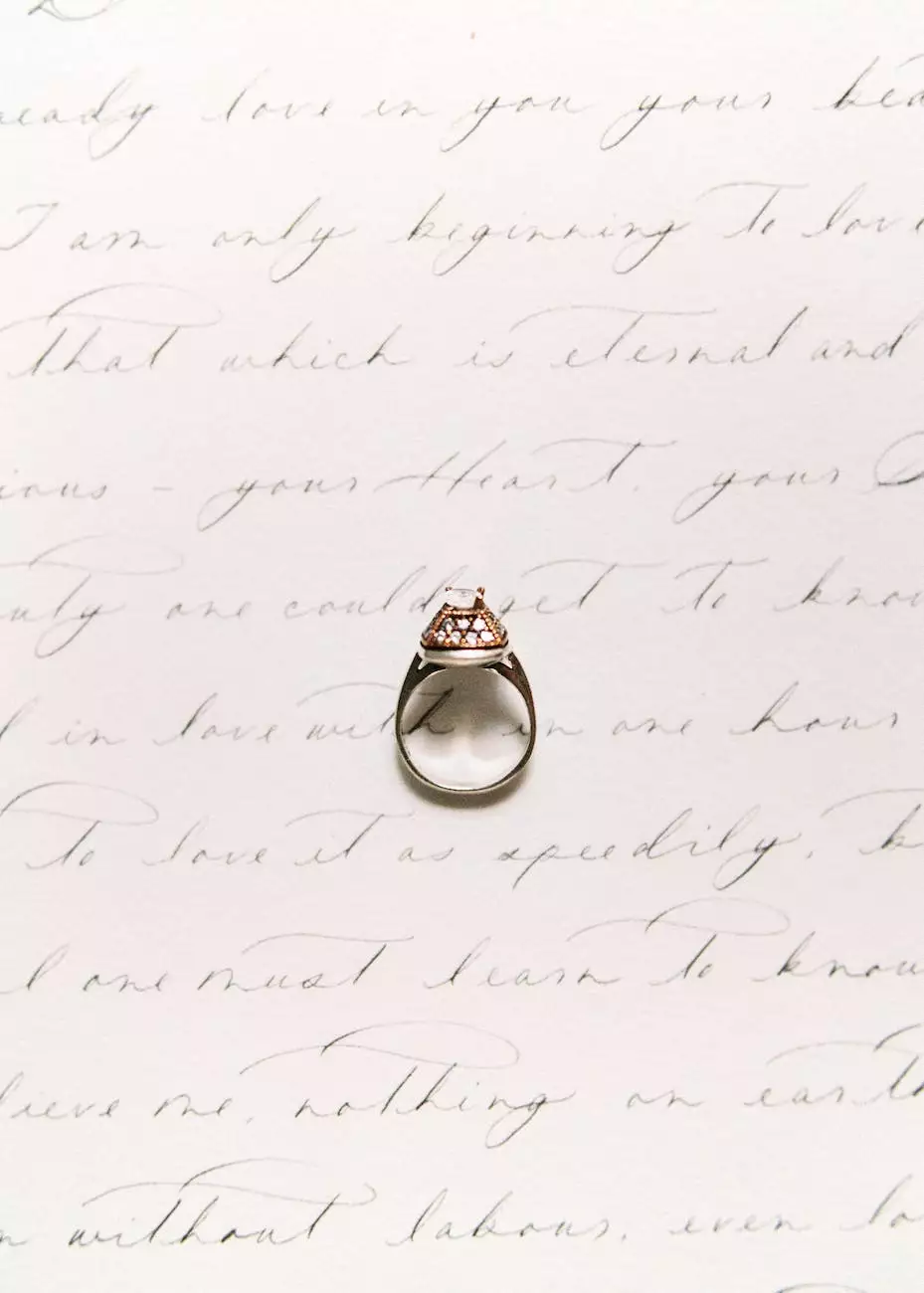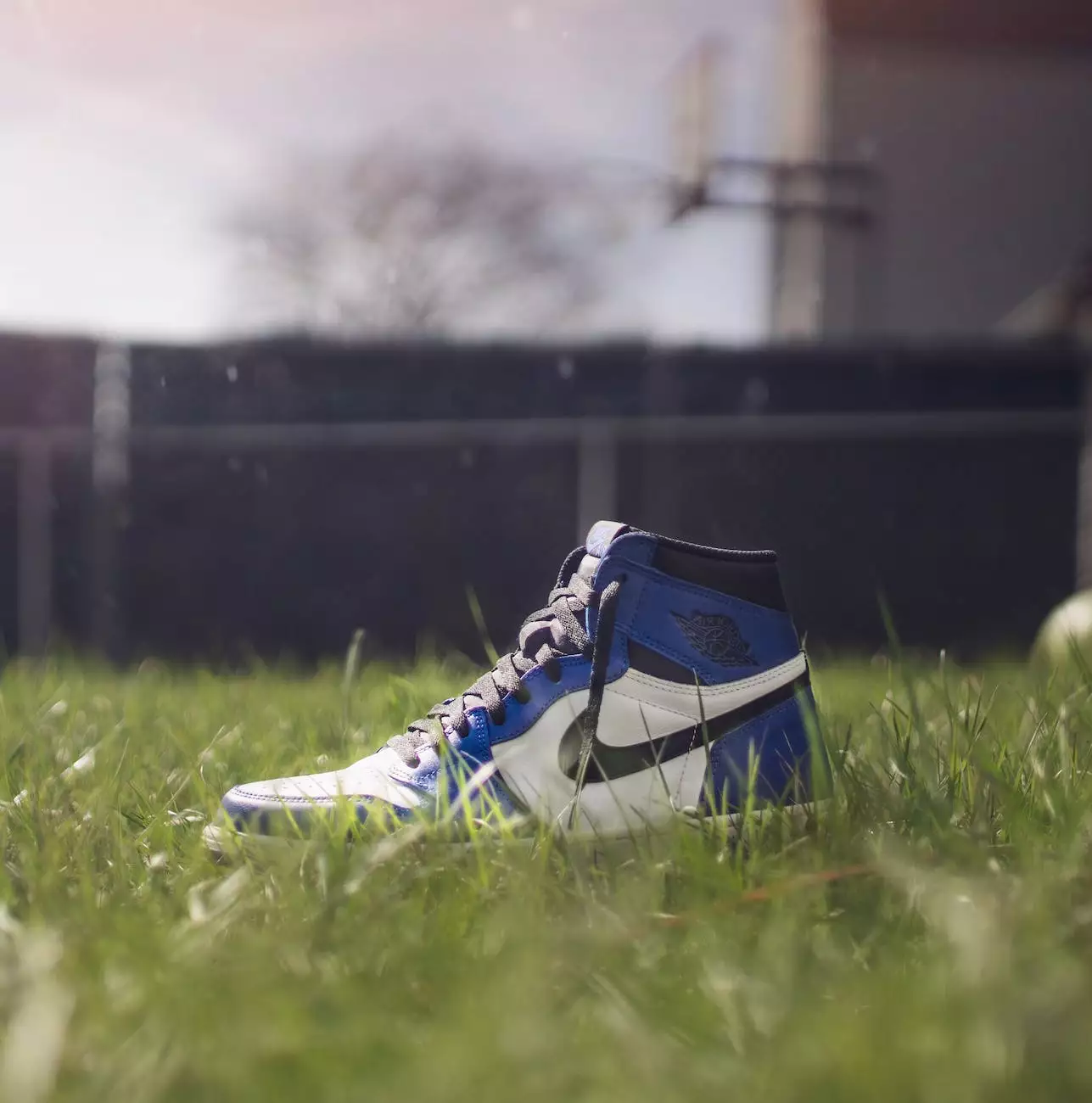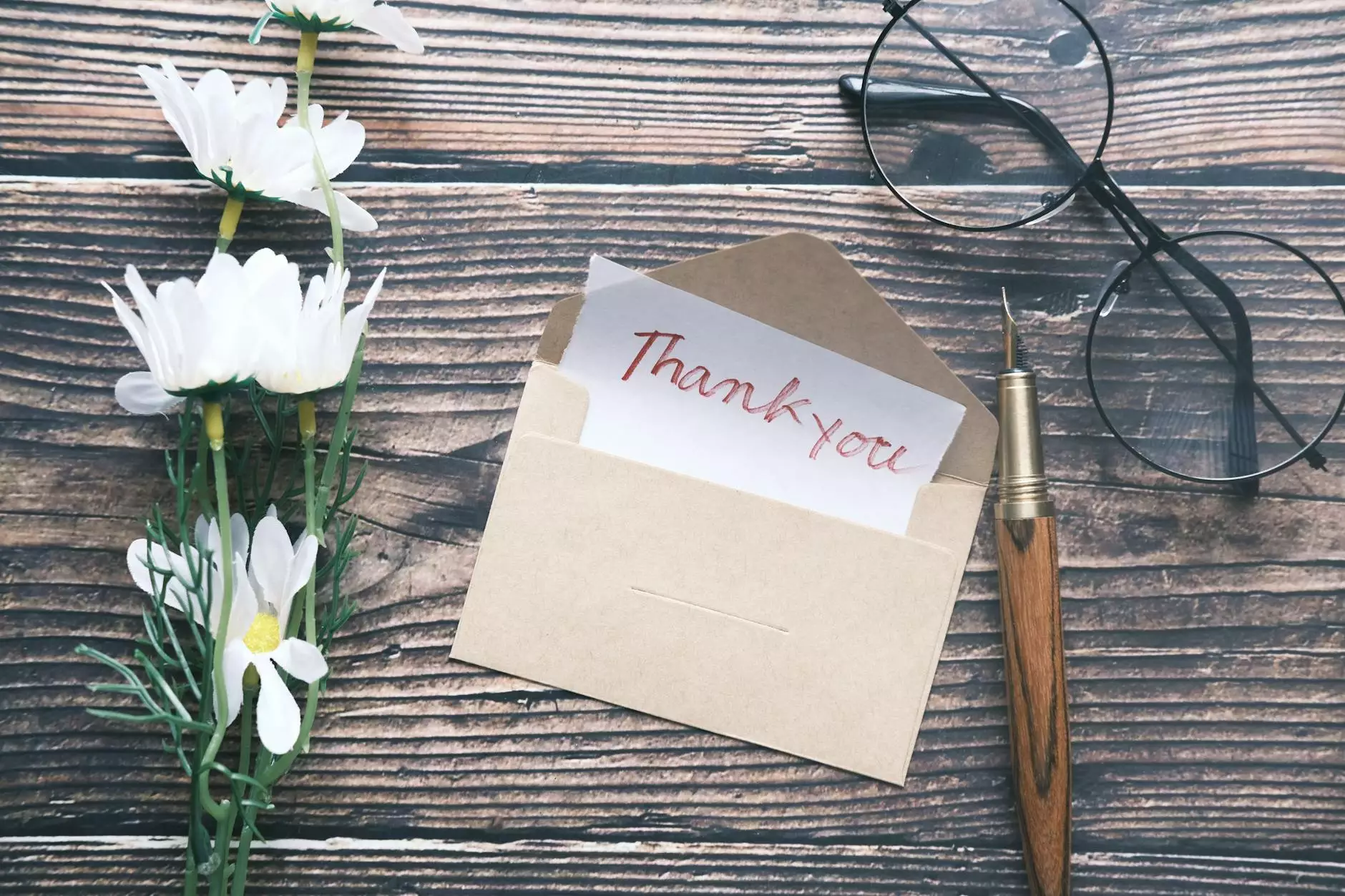DPI, Resolution, and Proportion

Understanding DPI (Dots Per Inch)
DPI, or Dots Per Inch, is a crucial factor when it comes to the visual quality and sharpness of digital images. In the world of web design and SEO, understanding and optimizing DPI is essential to ensure that your website's images are displayed accurately and offer an optimal user experience.
Resolution and Its Impact on Web Design
Resolution refers to the number of pixels displayed in an image or on a screen. It directly affects the clarity, detail, and overall visual appeal of your website. High-resolution images tend to be sharper, crisper, and more attractive to users, while low-resolution images often appear pixelated and blurry.
The Importance of Optimizing Image Resolution
When it comes to website design and SEO, optimizing image resolution is crucial for several reasons. Firstly, high-resolution images can enhance your website's aesthetic appeal, making it visually engaging and professional-looking. Users are more likely to trust websites that have visually appealing content.
Secondly, search engines like Google value high-quality images and consider them as a positive signal of website quality. Websites with high-resolution images are more likely to rank higher in search engine results pages as they offer a better user experience.
Proportional Scaling for Responsive Web Design
Proportional scaling is an essential technique used in responsive web design to ensure that images maintain their optimal quality across different devices and screen sizes. With the increasing use of mobile devices, responsive design has become crucial for ensuring a seamless user experience.
By using CSS and HTML, web designers can specify image dimensions as a percentage of the screen size rather than fixed pixel values. This way, images can scale proportionally, maintaining their visual integrity, and preventing them from appearing distorted or stretched on different devices.
Best Practices for Optimal Image Quality
Now that you understand the significance of DPI, resolution, and proportion in web design and SEO, it's crucial to follow some best practices to ensure optimal image quality. Here are a few tips:
1. Choose the Right File Format
Selecting the appropriate file format for your images can have a significant impact on their quality and file size. For photographs and complex images, use JPEG format, while PNG format is suitable for images with transparency or graphics with sharp lines and text.
2. Compress Images without Sacrificing Quality
Compression reduces the file size of images, resulting in faster loading times. However, it's crucial to balance compression and image quality. Utilize image optimization tools or plugins that allow you to compress images without compromising their visual appeal.
3. Use Alt Text for SEO
Alt text provides a textual description for images, serving as an SEO optimization opportunity. Ensure your alt text accurately reflects the image content and includes relevant keywords. This helps search engines understand the image and improves your website's accessibility.
Partner with Utah SEO Expert for Superior SEO Services
At Utah SEO Expert, we specialize in providing high-end SEO services to businesses in the business and consumer services industry. If you're looking to optimize your website for search engines, improve your organic rankings, and boost your online visibility, our team of experts is here to help.
With our comprehensive knowledge of SEO best practices, including image optimization techniques, we can ensure your website stands out amidst the competition. Contact Utah SEO Expert today and let us help you achieve online success.










